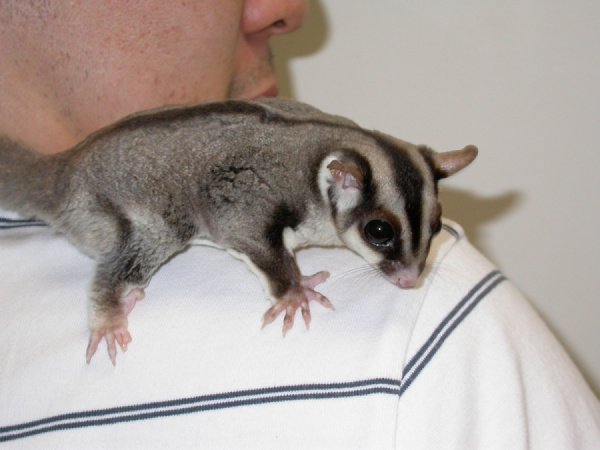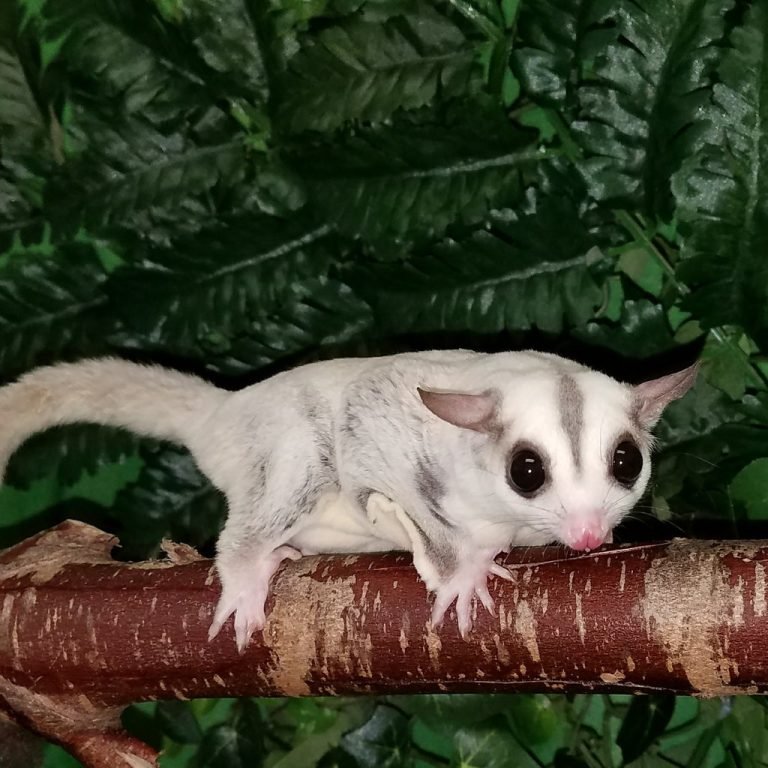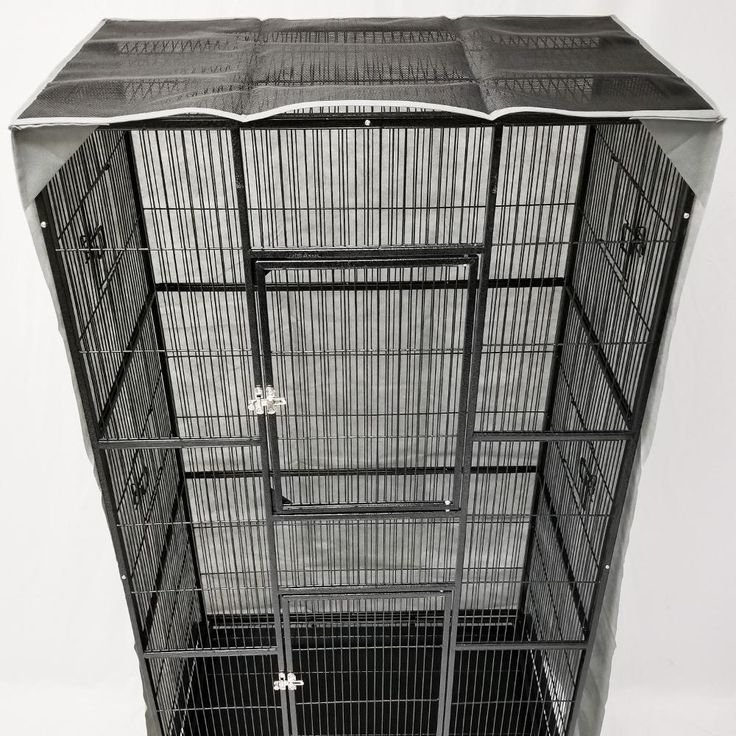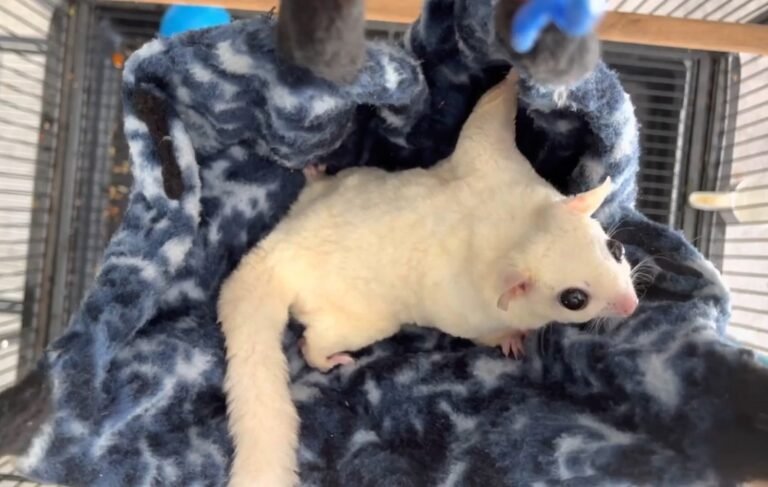Sugar Glider, Homeotherm Or Heterotherm
Sugar glider, a small marsupial native to Australia, is often referred to as a “flying squirrel” due to its ability to glide through the air. But what sets sugar gliders apart from other animals is their unique thermoregulation system. Unlike many mammals, sugar gliders are not exclusively homeotherms or heterotherms. Instead, they display characteristics of both, making them a fascinating subject of study for biologists and animal enthusiasts alike.
Sugar gliders: Homeotherm or Heterotherm?
Sugar gliders possess the ability to regulate their body temperature like homeotherms, which are animals that maintain a constant internal body temperature regardless of their surroundings. However, they can also enter a state of torpor, exhibiting characteristics of heterotherms, which are animals that allow their body temperature to fluctuate depending on external factors.
This dual thermoregulation system makes sugar gliders unique among mammals. Let’s explore this fascinating topic in more detail.
Understanding Thermoregulation in Sugar Gliders
Sugar gliders have a high metabolic rate, which allows them to maintain a stable body temperature of around 36-38 degrees Celsius (97-100 degrees Fahrenheit). This is within the typical range for homeothermic animals, such as humans.
However, sugar gliders also possess the ability to lower their metabolic rate and enter a state of torpor. Torpor is characterized by a significant decrease in body temperature, heart rate, and metabolic activity. During torpor, a sugar glider’s body temperature can drop to as low as 15 degrees Celsius (59 degrees Fahrenheit).
Homeothermy in Sugar Gliders
Sugar gliders primarily rely on their high metabolic rate and fur for thermoregulation. Their fur acts as insulation, helping to retain heat and prevent rapid temperature changes. This is especially important when sugar gliders are active at night, as they are more vulnerable to cooler temperatures.
Their homeothermic nature allows sugar gliders to remain active and agile in their natural environment. They can hunt for food, socialize with other gliders, and navigate their surroundings without being hindered by temperature fluctuations.
Heterothermy in Sugar Gliders

Heterothermic characteristics in sugar gliders come into play during periods of decreased activity or food scarcity. In response to these conditions, sugar gliders can lower their metabolic rate and enter torpor. Torpor helps conserve energy and allows them to survive when resources are limited.
During torpor, a sugar glider’s body temperature and metabolic activity decrease significantly. This reduction in the body’s energy requirements helps them conserve energy and survive for extended periods with limited food sources.
Benefits and Adaptations of Dual Thermoregulation
The ability to switch between homeothermy and heterothermy provides sugar gliders with several benefits and adaptations.
Survival in Harsh Environments
Sugar gliders are native to the forests of Australia, where environmental conditions can be unpredictable. The ability to enter torpor helps them survive during cold winter months when food availability is low. By lowering their metabolic rate and conserving energy, they can withstand prolonged periods with limited food resources.
Energy Conservation
Torpor allows sugar gliders to reduce their energy expenditure significantly. This is particularly advantageous during times when food is scarce or during extended periods of inactivity, such as during the day when they rest in tree hollows. By conserving energy, sugar gliders can endure for longer without needing to consume large amounts of food.
Reproduction and Parenting
The ability to regulate body temperature effectively is crucial for sugar gliders during the breeding season. Female sugar gliders enter torpor during pregnancy to conserve energy and ensure the survival of their young. This adaptive behavior allows them to postpone giving birth until environmental conditions improve and food resources become more abundant.
Frequently Asked Questions
Q: Can sugar gliders maintain a constant body temperature?
While sugar gliders are capable of maintaining a constant body temperature, they can also reduce their metabolic rate and enter a state of torpor as a survival mechanism.
Q: Do all mammals have the ability to enter torpor?
No, not all mammals have the ability to enter torpor. Torpor is primarily observed in small mammals that need to conserve energy during times of food scarcity or unfavorable environmental conditions.
Q: How long can sugar gliders remain in torpor?
Sugar gliders can enter torpor for varying lengths of time. Depending on the circumstances, torpor periods can range from a few hours to multiple days.
Final Thoughts
The thermoregulation system of sugar gliders is a captivating area of study. Their ability to toggle between homeothermy and heterothermy provides them with unique adaptations for survival. By understanding the intricacies of their thermoregulation system, we gain a deeper appreciation for the remarkable adaptations of these mesmerizing marsupials. So next time you catch a glimpse of a sugar glider gliding through the night sky, remember their incredible ability to balance energy conservation with maintaining a stable body temperature.







